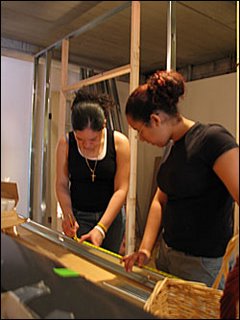 A large part of perceived public relations practice is predicated on communication. The extent to which this is sufficient by way of expertise in an age of global and personal communication is relevant to any exploration of PR and its evaluation. The extent to which communications has, in itself, changed cultures is significant too.
A large part of perceived public relations practice is predicated on communication. The extent to which this is sufficient by way of expertise in an age of global and personal communication is relevant to any exploration of PR and its evaluation. The extent to which communications has, in itself, changed cultures is significant too.This may resolve the issues raised by Tom Foremski. Charmingly, he worries for the PR industry at a time when the B2B media is haveing a torrid time.
What is becoming obvious is that there is an emerging need for a wider range of expert communications skills across a wider range of communications channels and consultancy with the knowledge and expertise to be able to manage and deploy these channels and skills.
Furthermore, the monoculture and ubiquitous press relations model is becoming niche and some practitioners are adopting practices to work with other, rapidly emerging, niche channels for communication.
Practitioners are well aware of the press, radio, TV, leaflets, posters, direct mail, events and one to one relationships as effective mechanisms for communication. The extent to which these other (newer?) channels are having an effect and the extent to which there is overlap between them is no more evident than in prime time television news' use of 'video' footage taken by ordinary people using a cellphone. This 'citizen journalism' is but one example of the changing nature of communication and the relationship between the the media and public which is already in use and will affect the practice of Public Relations. It also reflects a change in the culture of the media. The concept of including 'citizen journalism' into mainstream reporting is a significant departure.
No comments:
Post a Comment